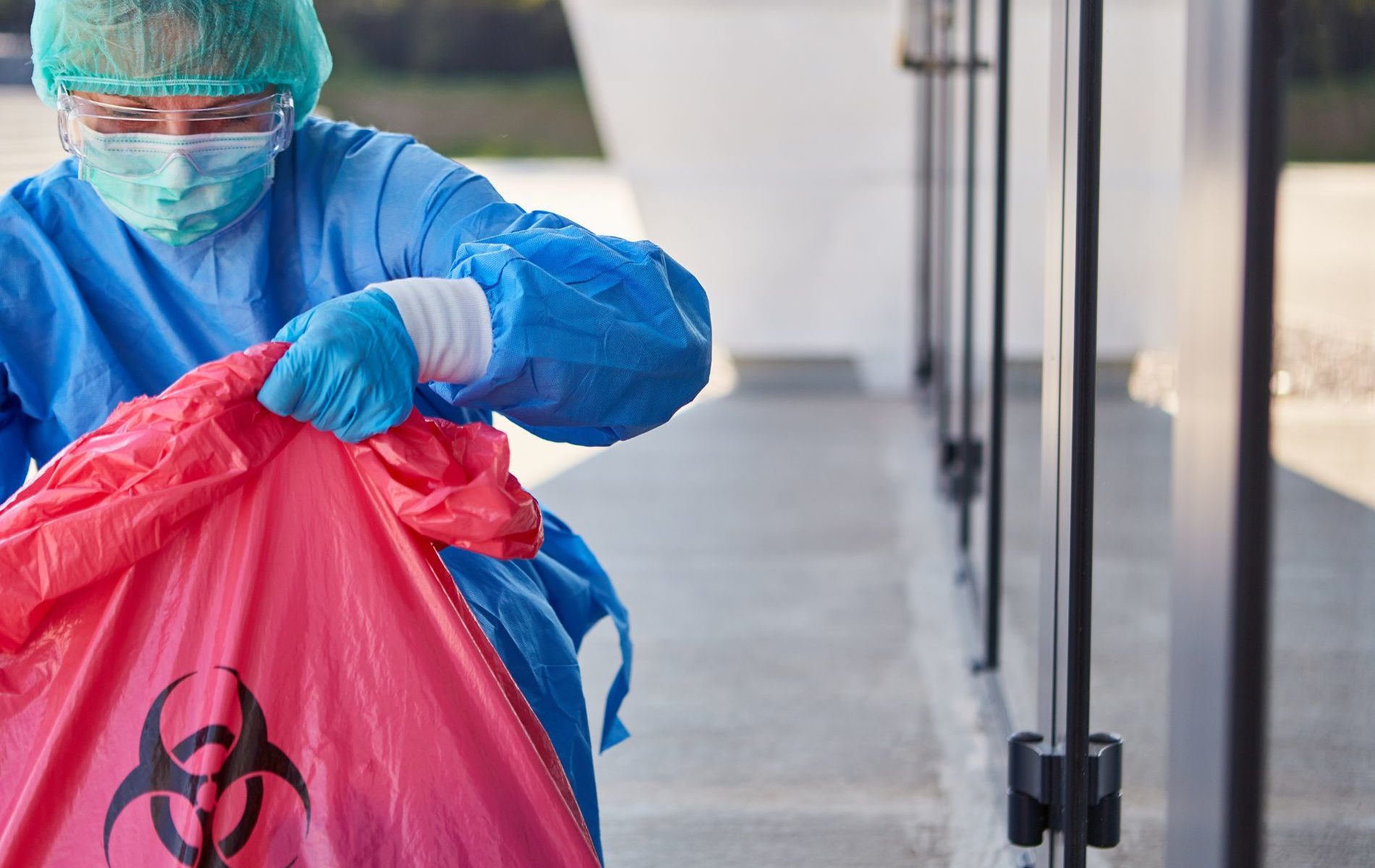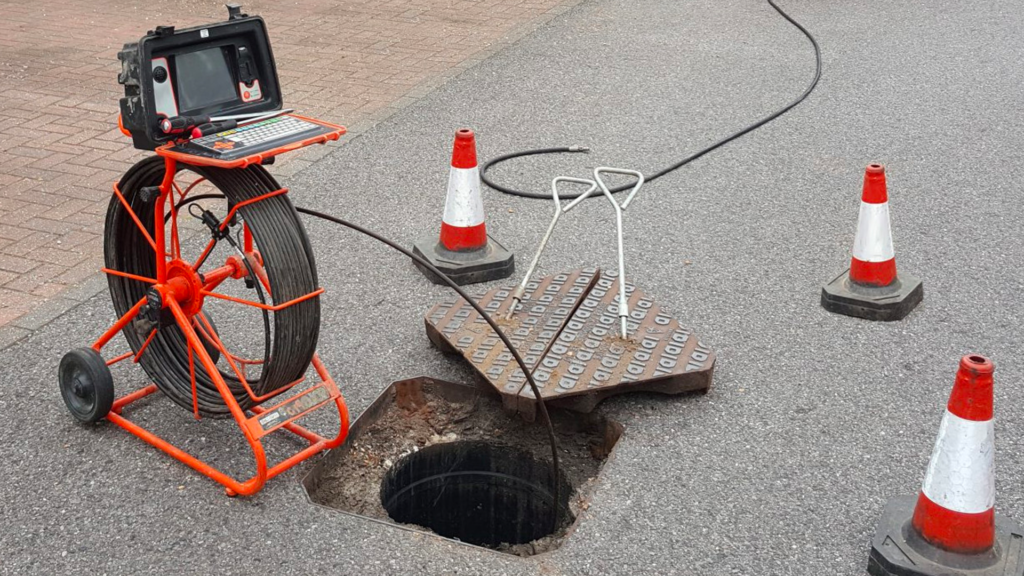Some Known Facts About Reclaim Waste.
Table of ContentsReclaim Waste Fundamentals ExplainedThe Main Principles Of Reclaim Waste Fascination About Reclaim WasteFacts About Reclaim Waste RevealedThe Of Reclaim Waste
Discover the types, events, and types of liquid waste. Domestic sewage waste describes the waste and items from a domestic sewage-disposal tank. This kind of waste is produced by humans in homes, institutions, and other buildings. This only consists of septic systems that have a drainpipe area. The appropriate monitoring and disposal of residential sewer waste need fluid waste to be moved to a sewage treatment plant where the appropriate methods and tools are put on cleanse and get rid of waste.
Industrial waste usually includes potential risks, such as flammable materials or a blend of fluid and solid waste items, and calls for an advanced and thorough disposal process. The disposal of industrial waste normally involves the filtering of waste prior to transportation to ensure secure and correct disposal. Hazardous waste is developed from results and drainage of industrial processes and manufacturing.
This type of waste can not utilize the exact same sewage monitoring transportation or procedures as septic or industrial liquids. The commercial waste management procedure requires the evaluation and screening of fluid waste prior to it goes through the disposal procedure (industrial wastewater treatment). Overflow waste is the fluid waste that comes from runoff and excess stormwater in very populated areas or cities
Overflow waste can trigger contamination and flooding otherwise dealt with properly. Discover much more concerning sewer cleaning and waste monitoring. Making certain appropriate waste management can prevent catastrophes and minimize ecological damage. Both people in residential setups and specialists in industrial or production industries can take advantage of comprehending the procedures and guidelines of fluid waste administration.
The Best Strategy To Use For Reclaim Waste
Get in touch with PROS Services today to find out about our waste administration and disposal services and the correct ways to care for the liquid waste you generate.
(https://hearthis.at/leon-aube/set/reclaim-waste/)
This so-called 'wastewater' is not just a crucial source yet, after therapy, will certainly be launched to our land, rivers or the ocean. Used water from commodes, showers, baths, kitchen sinks, laundries and commercial procedures is known as wastewater.

water utilized to cool machinery or tidy plant and tools). Stormwater, a type of wastewater, is overflow that flows from farming and city areas such as roofing systems, parks, yards, roads, paths and gutters right into stormwater drains, after rain. Stormwater flows without treatment straight to neighborhood creeks or rivers, at some point getting to the ocean.
The Basic Principles Of Reclaim Waste
In Queensland, many wastewater is dealt with at sewer therapy plants. Wastewater is moved from domestic or commercial sites with a system of drains and pump terminals, understood as sewerage reticulation, to a sewer therapy plant.
The Division of Natural Resources encourages city governments concerning managing, operating and keeping sewerage systems and therapy plants. In unsewered areas, regional governments may need householders to install private or house sewer treatment systems to deal with domestic wastewater from commodes, cooking areas, shower rooms and washings. The Department of Natural Resources authorises the use of house systems when they are confirmed to be reliable.
Most stormwater gets no therapy. In some brand-new communities, treatment of some stormwater to remove litter, sand and gravel has begun utilizing gross contaminant traps. Wastewater treatment happens in four phases: Gets rid of strong issue. Bigger solids, such as plastics and various other items mistakenly discharged to sewage systems, are gotten rid of when wastewater is travelled through displays.
Wastewater then streams into big tanks where solids settle and are gotten rid of as sludge. Oil and residue are skimmed from the surface. Makes use of small living organisms called micro-organisms to break down and get rid of continuing to be liquified wastes and great fragments. Micro-organisms and wastes are included in the sludge. Gets rid of nitrogen and phosphorus nutrients that could trigger algal flowers in our waterways and intimidate water life.
The 7-Minute Rule for Reclaim Waste
Nutrient removal is not readily available at all sewage treatment plants due to the fact that it needs costly specialized devices. Clear liquid effluent generated after treatment might still consist of disease-causing micro-organisms - liquid waste disposal.

This usually means wastewater has actually to be dealt with or pollutants removed prior to it can be released to rivers. A lot of wastewater moves right into the sewerage system. Under the Act, neighborhood federal governments carry out authorizations and permits for ecologically appropriate activities (Periods) entailing wastewater releases that may have a local influence. The department administers authorizations and licences to ERAs entailing wastewater launches that might have a local or statewide influence.
10 Easy Facts About Reclaim Waste Described
Surveillance gives valid details about water high quality and can verify that licence conditions are being satisfied. The info obtained with monitoring offers the basis for making water quality decisions.
 Ross Bagley Then & Now!
Ross Bagley Then & Now! Alisan Porter Then & Now!
Alisan Porter Then & Now! Jenna Von Oy Then & Now!
Jenna Von Oy Then & Now! Hailie Jade Scott Mathers Then & Now!
Hailie Jade Scott Mathers Then & Now! Morgan Fairchild Then & Now!
Morgan Fairchild Then & Now!